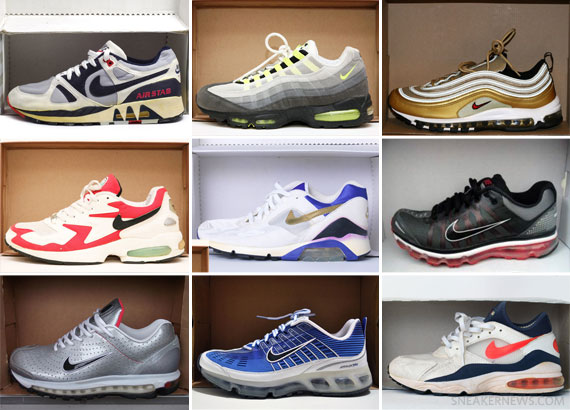
Sneaker News is jumping back into the Sneakerpedia archives once again. What’s the topic this time? We wanted to give a little bit more shine to the Visible Air technology, Tinker’s brainchild that quietly celebrated its 25th anniversary as of last year. We dug through the various collections on display over at Sneakerpedia in an attempt to uncover some of the most revered, aesthetically striking, and technologically advanced vis-Air sporting sneakers over the years. The result is a visual history of the progression of Nike’s Air Max revolution from 1987 all the way up to 2012. Join us after the jump for a look at the sneakers selected, some OG and some not, and make sure you head to Sneakerpedia to see what other gems are waiting to be discovered.
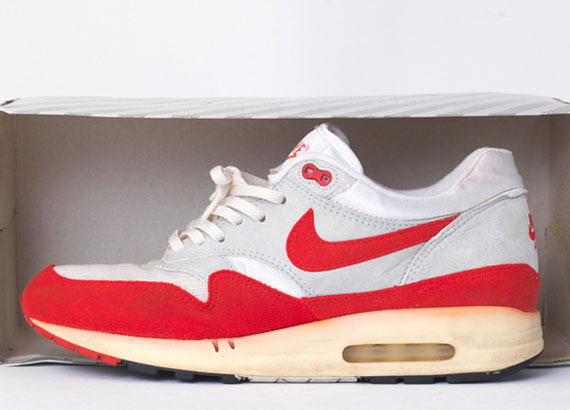
Nike Air Max 1
The sneaker that started it all back in 1987. Tinker Hatfield had the idea of exposing the guts on Nike’s Air technology and a revolution was born. The Nike Air Max 1 remains one of the most beloved silhouettes to date and has been revived countless time via the retro and collabo route.
–
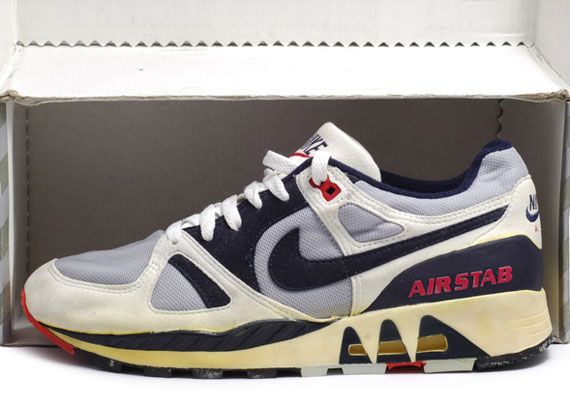
Nike Air Stab
The first shoe to pick up on Nike Air Max technology after the original ’87 broke ground with the look. The Nike Air Stab (short for “Stability”) partitioned off the midsole window. True heads will remember the curious “Stabb” designation that hung around on box tags for a while.
–
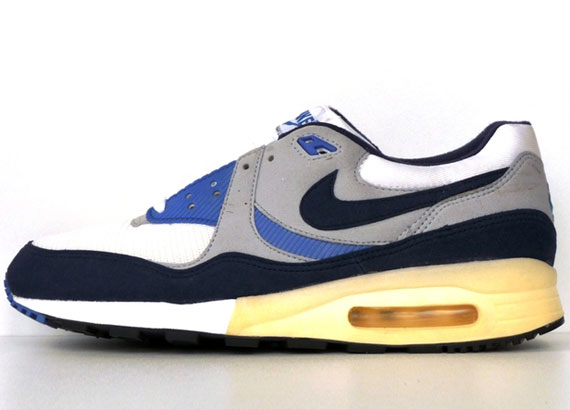
Nike Air Max Light
The Nike Air Max Light debuted in 1989, originally coming under the ‘Nike Air Max II’ moniker. The sneaker did indeed shave weight off of the 1987 build, and also came with a two-piece midsole build and an extra bit of Air crammed into the forefoot.
–
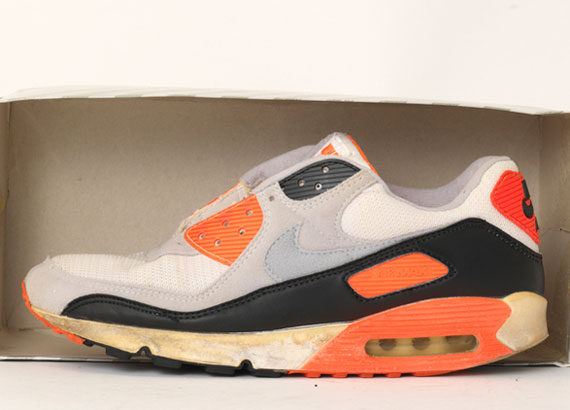
Nike Air Max 90
The Nike Air Max 90, originally known as the Nike Air Max III, brought back the classic bag with a new bit of tooling for the sole. Not to mention OG colorways like the ‘Infrared’, shown here, that has long since secured its spot in the halls of sneaker history.
–
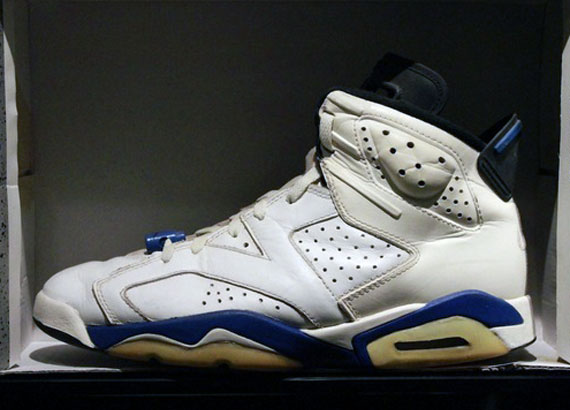
Air Jordan VI
The Air Jordan lineup was no stranger to borrowing a bag here and there. The Air Jordan VI made its debut back in 1991 and was the last Air Jordan from the Tinker Hatfield days to feature the traditional visible Air unit.
–
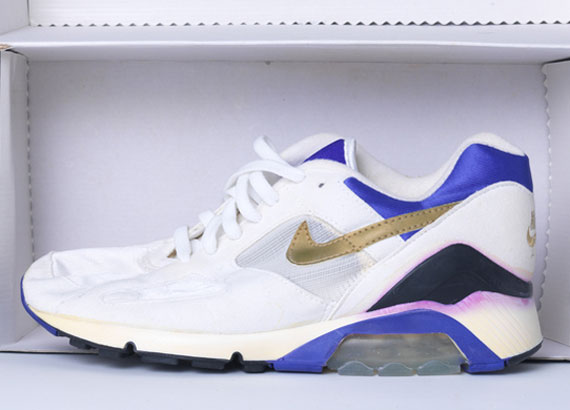
Nike Air 180
1991’s Nike Air 180 finally brought in some more Air to the Beaverton team’s patented technology-50% more to be exact. What’s more, the bubble on the back was allowed to shine that much more thanks to the translucent treatment showing up on the sole. The 180-degree Air bag would also be used on the Air Force 180 Low and High basketball shoes.
–
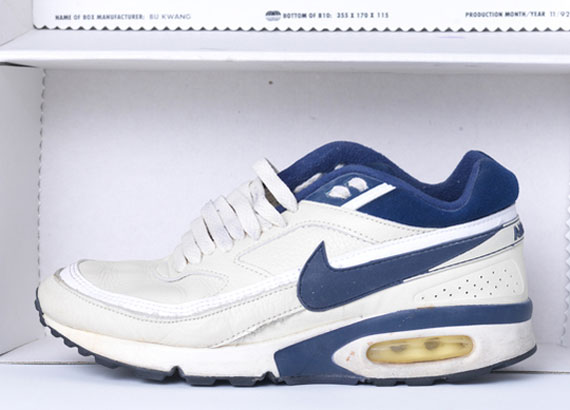
Nike Air Max BW
The Nike Air Max BW has gone by a few different names over the years, including “Nike Air Max IV” and the current day “Nike Air Classic BW”. The pair might not have quite the fanbase as some of its early 90s brethren, but a cult following is definitely there thanks to releases like the OG ‘Persion Violet’ and the revered Stash collab.
–
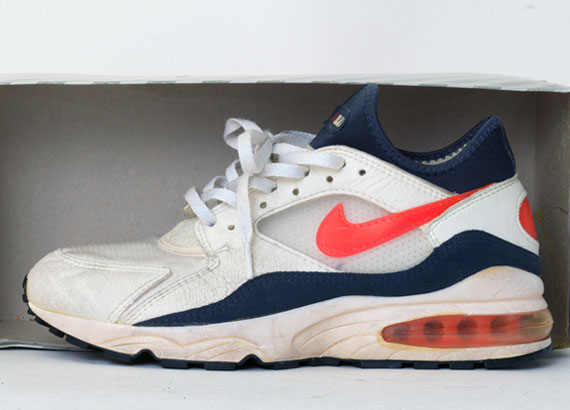
Nike Air Max 93
The Nike Air Max 93 boosted up the bags once again what with its 270 degree coverage (a tooling that would also be used for the Nike Air Burst). What’s more, the sneaker marked the arrival of Nike’s blow molding formation (The brainchild of Perry Auger and Bruce Kilgore) that revolutionized the manufacturing process.
–
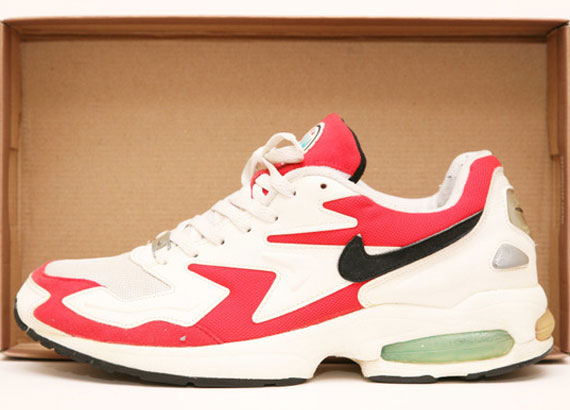
Nike Air Max2 Light
The Nike Air Max2 Light came equipped with the “Air Max Squared” tech in the heel, which consisted of four chambers and two different pressure systems set at 25psi and 5psi, respectively. Of course the Nike Air Max2 was the flagbearer, with the ‘Light’ shown here arriving with a rebuilt upper that got rid of a whole ounce worth of weight.
–
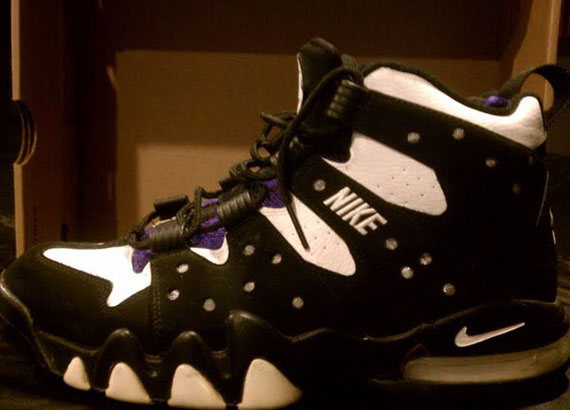
Nike Air Max2 CB 94
Nike Air Max technology continued to bleed beyond the world of runners, this time harnessed for the beast known as Charles Barkley. The result was the Nike Air Max2 CB 94, a strait-jacket inspired sneaker featuring the “Air Max Squared” dual-chamber set up once again.
–
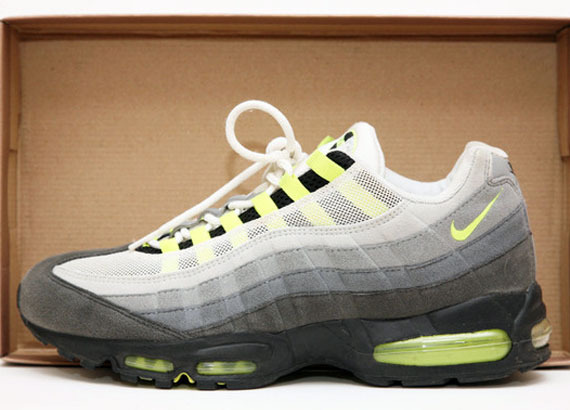
Nike Air Max 95
The Nike Air Max 95 at long last stretched the vis-Air look up to the forefoot of the sneaker thanks to one Sergio Lozano. The human anatomy inspired upper is easily one of the most recognizable of the Air Max family. Of course just as beautiful as the bags (which were re-used for the Air Max 96 installments) was the gradient set up-one that started on bottom with Nike’s first ever black-midsoled runner.
–
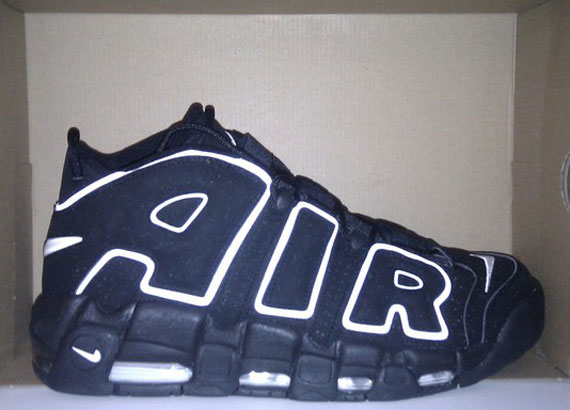
Nike Air More Uptempo
Nike designer Wilson Smith whipped up a sneaker that couldn’t be ignored in 1996’s Nike Air More Uptempo. The Scottie Pippen special famously drew attention to the bountiful bits of cushioning along the bottom with a jumbo ‘Air’ script extending from said sections to dominate the upper.
–
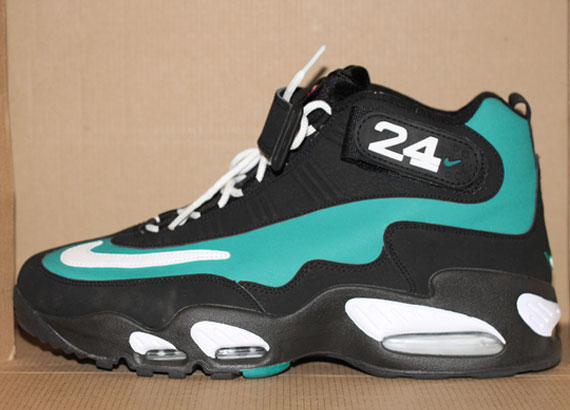
Nike Air Griffey Max 1
Nike Air Max technology expanded its horizons once again, this time trotting out onto the baseball diamond in the form of the Nike Air Griffey Max 1. The sneaker featured Air Max technology that hit on the forefoot as well as the back end, combined with a lockdown strap system up top give it that trainer appeal.
–
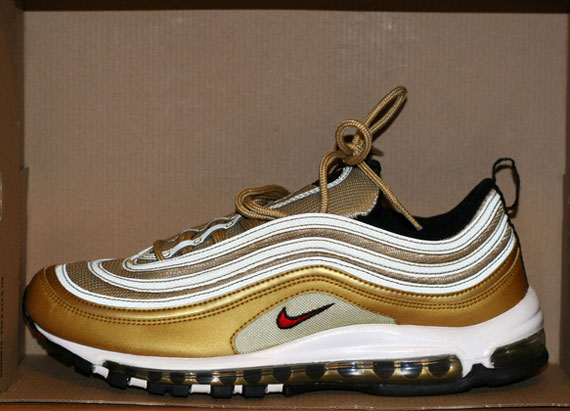
Nike Air Max 97
On the Nike Air Max 97, the first full length Air midsole was born. The speedy design was inspired by Japanese bullet trains and took the reflective trend started by the Air Max 95 to a whole new level with its flashy piping.
–
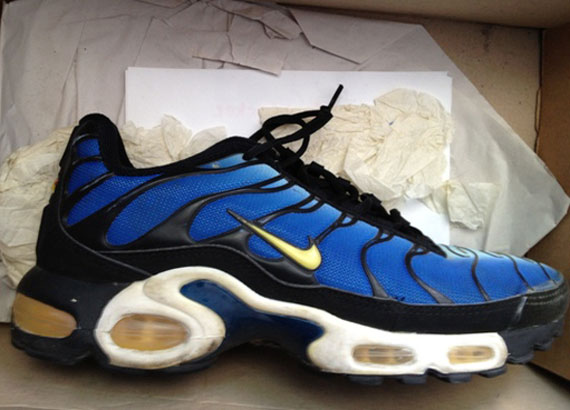
Nike Air Max Plus TN
Nike’s Tuned Air was the next evolutionary step to Air, adapting the concepts of differing PSi in adjacent chambers and introducing Tuned Air – Nike’s answer to the homogeneity of firmness in classic foam material. The first sneaker to pick up on Nike’s Tuned Air technology was this – the Nike Air Max Plus; it helped introduce the Running-specific Tuner Air bag which featured the Tuned chambers on the medial side of the unit.
–
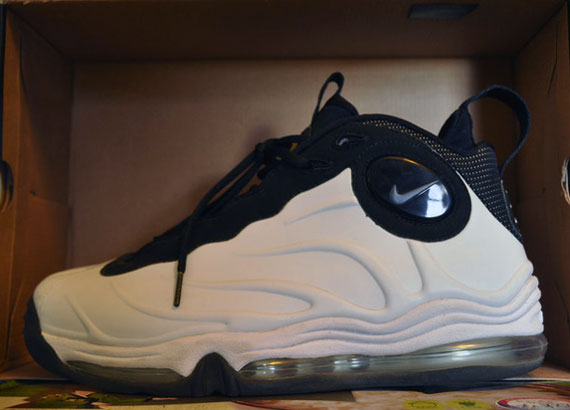
Nike Total Air Foamposite Max
Air Max and Foamposite joined forces on this Tim Duncan sneaker from 1998. This Foamposite model fell quite a bit short of the Penny line as far as popularity, but still had its share of fans and managed to turn heads thanks to the unique combo of separate Nike tech systems.
–
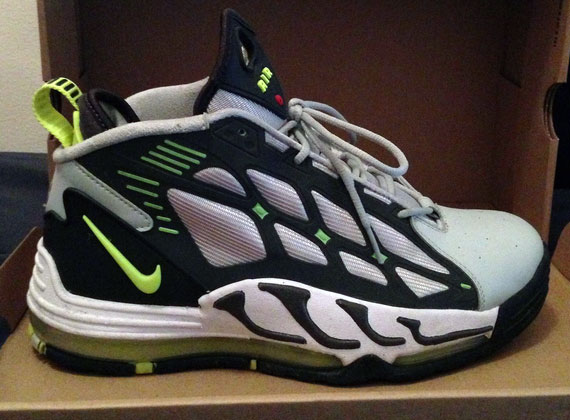
Nike Total Air Pillar
The Nike Total Air Pillar, renamed the Nike Air Max Pillar for retro’s sake, featured a chunky trainer build and the all-important ‘Tuned Air’ innovation. The Tuned Air system is based around a max volume unit consisting of individual air pods serving separate parts of the foot.
–
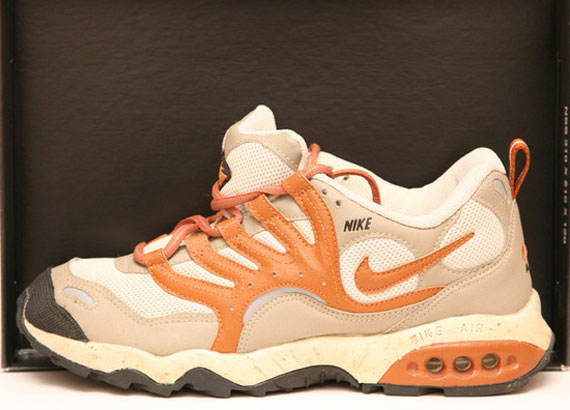
Nike Air Terra Humara
This trail ready design (a Peter Fogg joint) broke up the heel area bubble a bit, giving a dotted look to the Air Max technology. The Nike Air Terra Humara has since been brought back as the Nike Air Max Humara featuring a more uninhibited bubble, but sneaker veterans know the deal on the OG version.
–
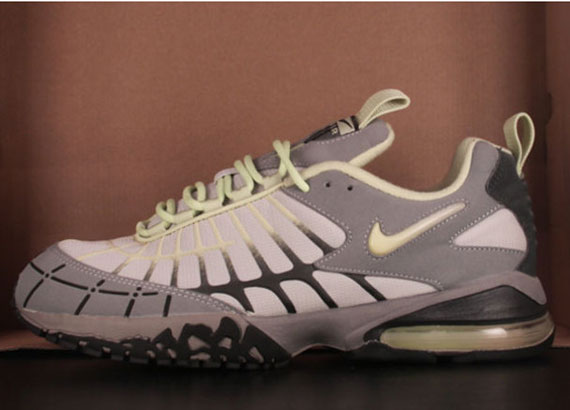
Nike Air Max 120
A Richard Clarke design, the Nike Air Max 120 arrived in at the tail end of the Swoosh’s incredible 1990s run with the Air Max technology. A 360 Max Air unit showed up for the heel and plenty of crazy gradient looks showed up for the spider-web looking upper, with the ‘Spiderman’ nickname ringing especially true for the Red/Blue colorway.
–
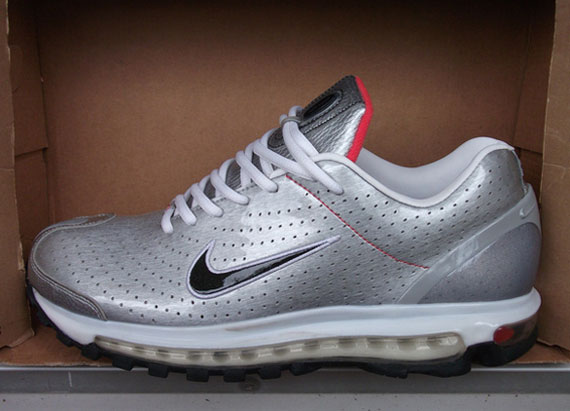
Nike Air Max 2003
Sergio Lozano came back for the Nike Air Max 2003, stripping out as much foam as possible from the kit on bottom in hopes of going all-Air. It wasn’t possible quite yet (The goal would be realized via our next entry), but the sneaker was a step in the right direction nonetheless. With a slick design akin to a dress shoe, the Air Max 2003 came packaged in felt shoe bags inside the box.
–
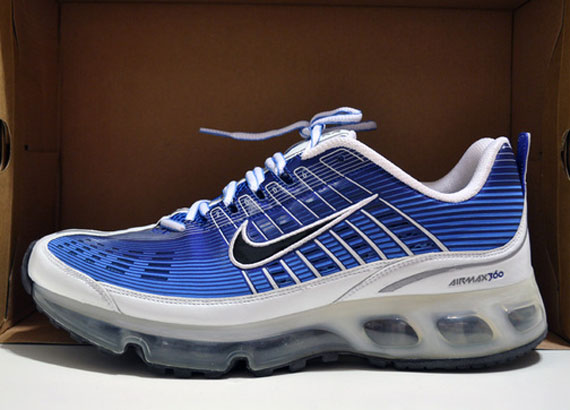
Nike Air Max 360
The Nike Air Max 360 of 2006 at last achieved the dream of a foam-less, full-length Air unit. Blow molding was ditched for thermo-molding, which allowed for a more stable structure that could make do without foam supports. The new kit was seen as such a triumph to the Nike folk that it ended up hitting on the bottom of a number of other Air Max classics as part of the ‘One Time Only’ Collection.
–
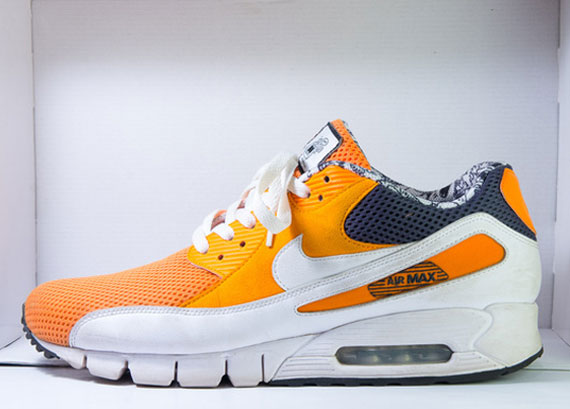
Nike Air Max 90 Current
In 2008 the Nike Air Max 90 came back yet again, only this time the Air Max technology had a little bit of help. Up front for the sneaker was the flexible Nike Free tooling, which added a new dimension of movement to this historical design.
–
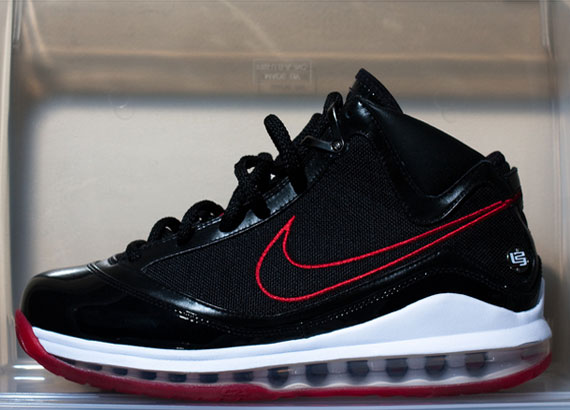
Nike Air Max LeBron VII
The Nike Air Max LeBron VII introduced the LeBron line to the Air Max technology, and coincidentally the model was used to debut a first-ever basketball-specific full-length Max Air. Ever since, King James’ sneakers have come equipped with plenty of Air along the bottom (although this year’s Nike LeBron X switched it up with a Zoom bag in place of the AM approach).
–
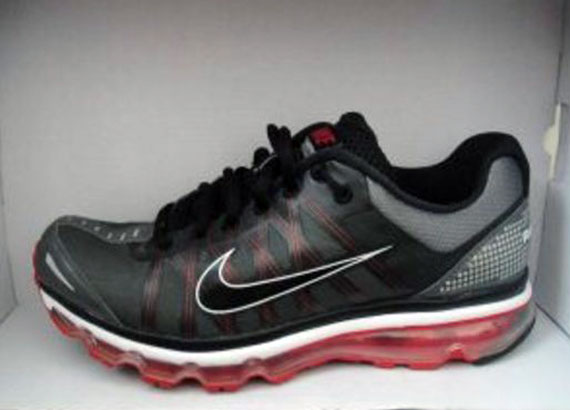
Nike Air Max 2009
The Nike Air Max 2009 brought in a full length air treatment that remains the most notable of Air bags from the past couple of years. In fact, the same look has hit on the Nike Air Max 2010, 2011, and 2012. The difference between this Max Air unit and the one from 2006? The 2009 unit was fully uncaged.
–
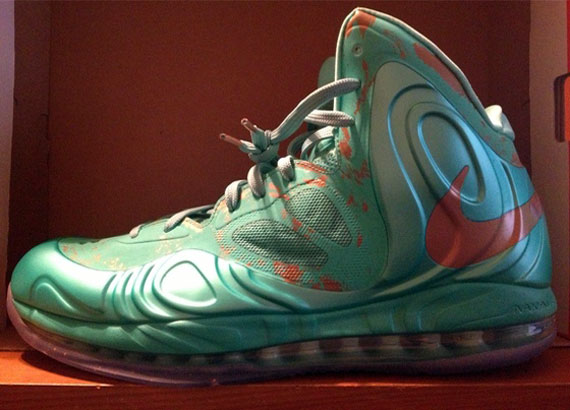
Nike Air Max Hyperposite
25 years later and Tinker Hatfield’s tech remains relevant. The bubble shows up on a modern day hooping shoe in the form of the Nike Air Max Hyperposite, which bridges the gap between a couple different Nike design eras what with is mixture of Air Max, Foamposite, and Hyperfuse elements.
–











